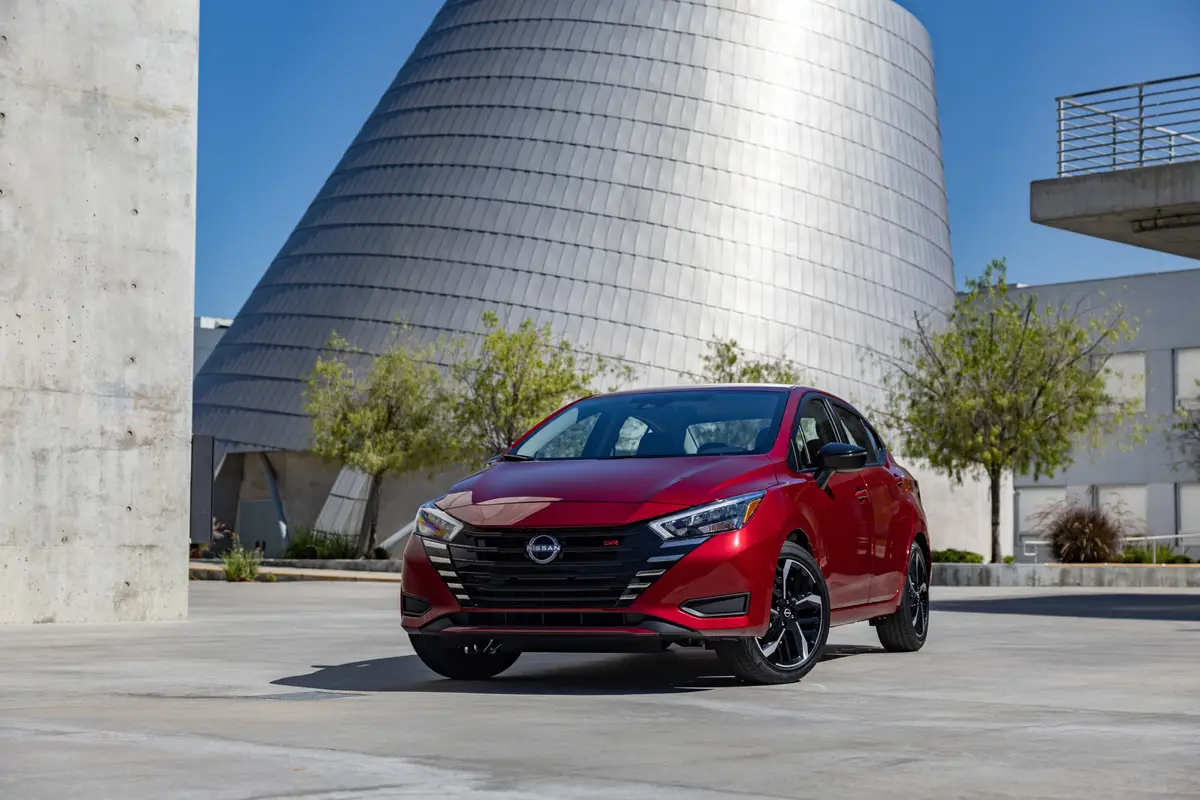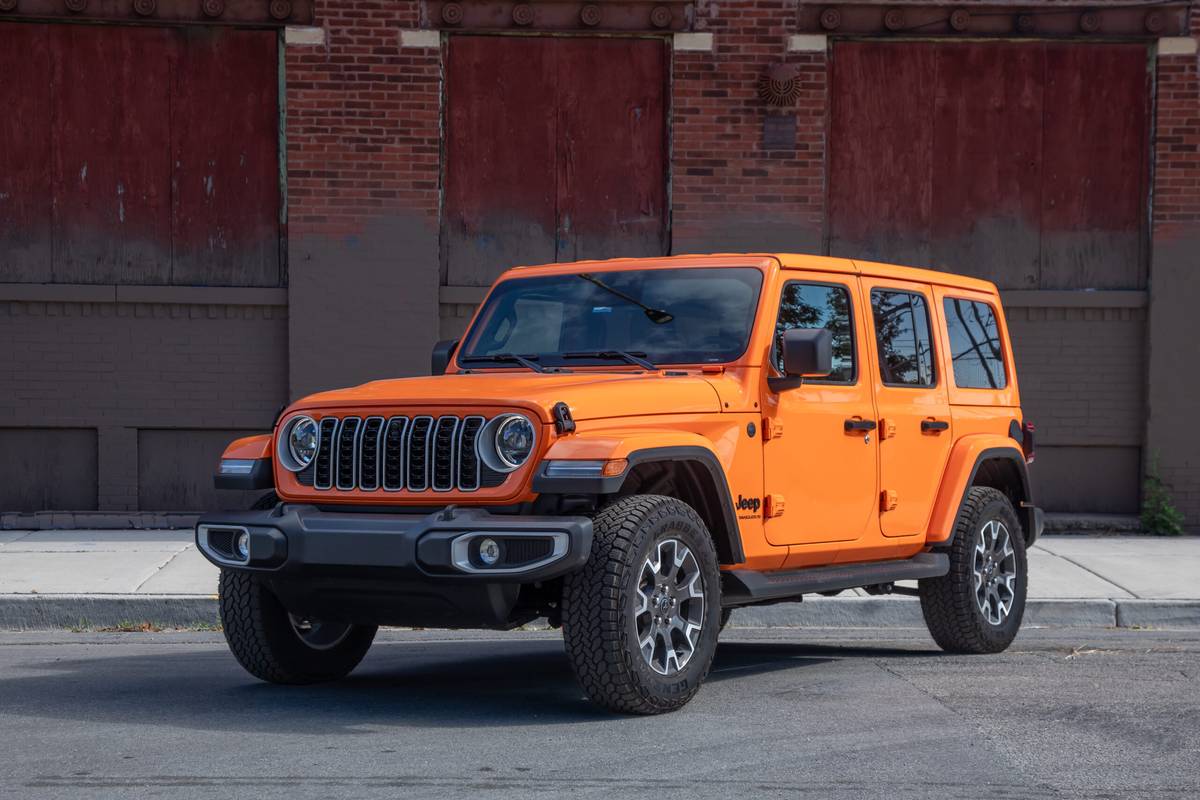AZCentral.com's view
In an uncertain world, the domestic automakers could always count on one thing: Big pickup trucks were their domain. Whether they were Like a Rock, Ram Tough or Built Ford Tough, full-size pickups were a U.S. product, pure and simple.
So, Toyota’s Tundra arrives with a heavy thud on the doorstep of the Detroit crowd. For Ford, Chevrolet and Dodge, it could be a bad dream come true.
Toyota considers the Tundra launch to be the biggest thing the automaker has done since it unveiled its Lexus luxury division in 1989, according to a senior marketing official.
So, what’s all the fuss about? The U.S. full-size pickup market is the biggest, richest automotive plum there is, and Toyota wants to take a bite out of it. And with its reputation for durable, reliable products, Toyota is a force to reckon with.
The domestics have lost market share to Toyota before, and they could again. Already, Toyota is selling Tundras as fast as it can pop them out.
Toyota finally seems to have a bead on full-size pickups. The Japanese automaker’s last attempt was pretty feeble, the T-100, which failed to offer a V-8 engine or the heft that big-truck drivers crave.
Tundra could be the ticket. A nice-looking, good-handling, comfortable truck, it can do most every chore as well as the domestic brands. The available V-8, a new double-overhead-cam engine derived from the sophisticated mill in the Lexus LS400, is strong and quiet with enough pull for a maximum towing capacity of 7,200 pounds. Maybe not as strong as the competition’s strongest diesels and V-10s, but strong enough for most drivers.
Tundra is a Toyota take on the full-size pickup rather than a direct copy of the U.S. brands. There are good points to that, such as the rattle-free build quality and superior driveability. And bad points, such as the lack of big-truck ambience.
The Toyota is full size, but not as big or beefy as the Ford F-150, Chevy Silverado/GMC Sienna or Dodge Ram. The interior will disappoint those who love big pickups. What’s missing is “bulk,” that quality of big-rig hugeness and king-of-the-road feel.
The four-door Access Cab test truck was fairly roomy and comfortable, although rear-seat passengers must endure a bolt-upright backrest and limited legroom. Up front, legroom and headroom are decent, even for an extra-tall driver, although not in the same league as the domestics’ John Wayne accommodations.
I like the feel of the Tundra’s cab, although I recognize the limitations. It will be hard enough to draw drivers of Ford, Chevy or Dodge pickups, who are loath to switch domestic brands much less embrace a newcomer. However, it should attract those wanting to move up from Toyota cars or compact trucks.
Those who grouse about switching to a Japanese brand should note that Tundra is being made in Indiana. And unlike the overpriced T-100, the Tundra pricing is right in there with the competition.
The SR5 test truck was heavily laden with options, such as four-wheel drive, a $1,060 convenience package that included power windows and locks, alloy wheels for $600, an upgraded stereo for $250, and anti-lock brakes and daytime running lights at $630.
Obviously, the last package should be standard equipment.
Although the traditional pickup drivers may miss the bulk, they might be impressed with how the Tundra drives. The multicam V-8 provides an impressive amount of pull, delivered with a silky rush rather than a big-truck roar. The standard automatic transmission shifts with quiet precision.
A 190-horsepower V-6 is also available, and the six can be ordered with stick shift as well as automatic.
Handling is superior, with responsive steering and without the squirrelly rear-wheel hop and spin that’s endemic to the domestics.
One thing the Tundra fails to do is set itself apart stylistically. The look seems derived from the domestics. Recently, Dodge Ram was able to boost sales mainly on the strength of it s uniqu e styling. Toyota might have taken a similar path.
But Toyota seems to be tiptoeing into town with its Tundra, planning to build just 100,000 in its initial year. To put that in perspective, Ford sold well more than 800,000 pickups in calendar year 1998, and Chevrolet/GMC sold nearly 700,000.
Next year, Toyota challenges another Detroit institution: a full-size sport-utility vehicle based on Tundra to go head-to-head with Chevy Suburban and Ford Expedition.
2000 Toyota Tundra Vehicle type: Five passenger, four-door pickup truck, rear/four-wheel drive. Base price: $25,585. Price as tested: $28,795. Engine: 4.7-liter V-8, 245 hp at 4,800 rpm, 315 lb-ft of torque at 3,400 rpm. Transmission: 4-speed automatic. Curb weight: 4,376 pounds. Wheelbase: 128.3 inches. EPA mileage: 14 city, 17 highway. Highs: Full-size ability. Build quality. Driveability. Lows: Carlike interior. Generic styling. Anti-lock optional.
Latest news



